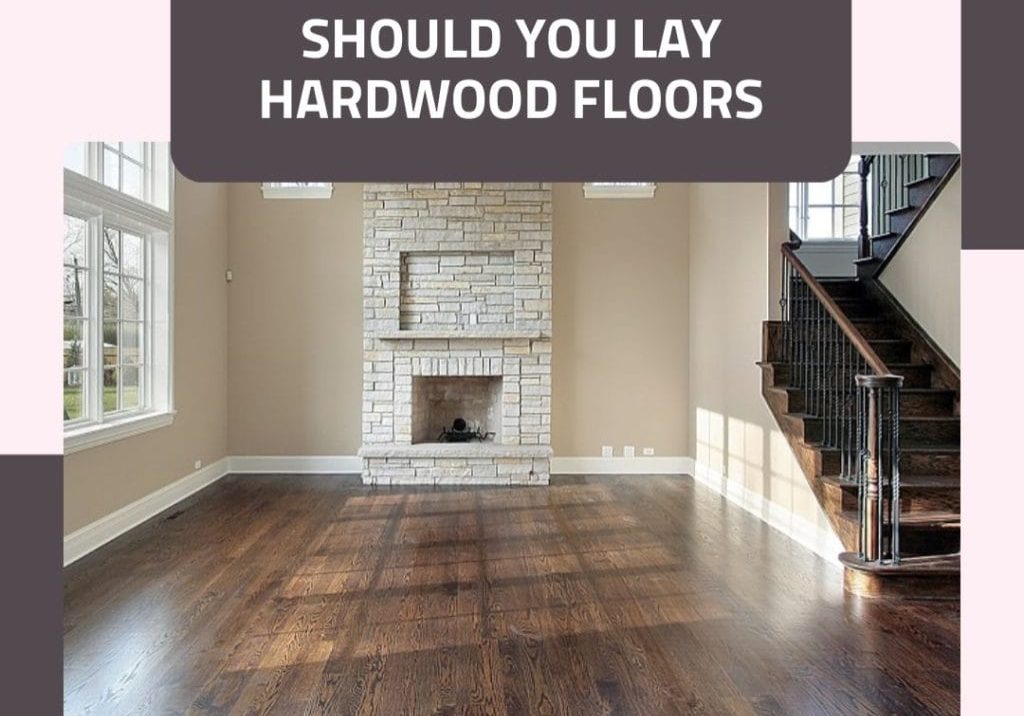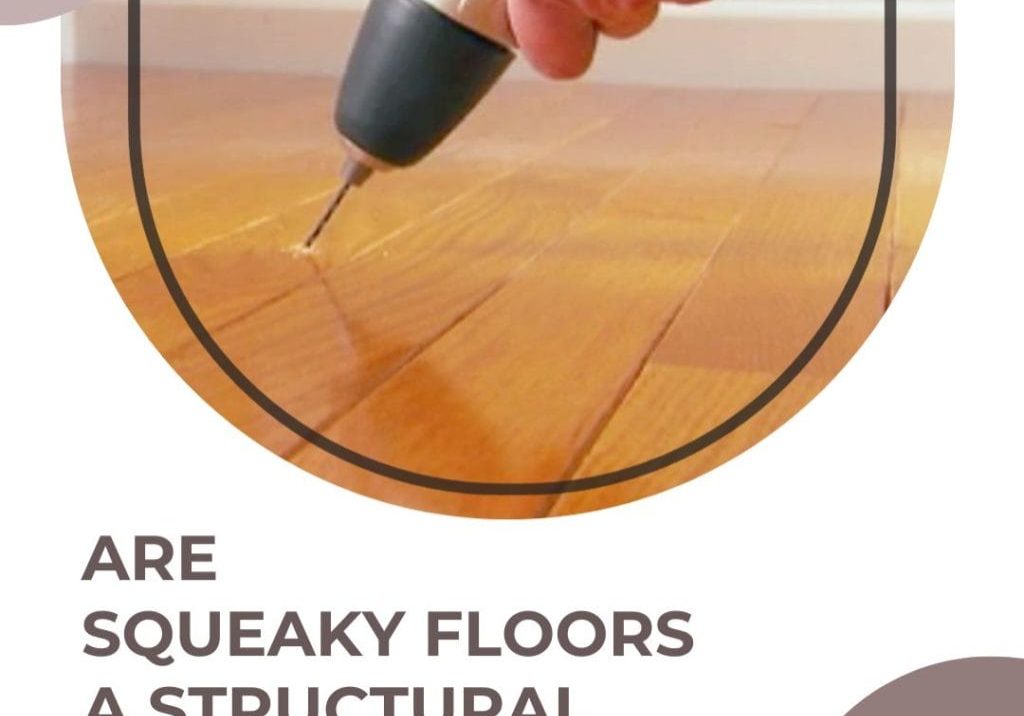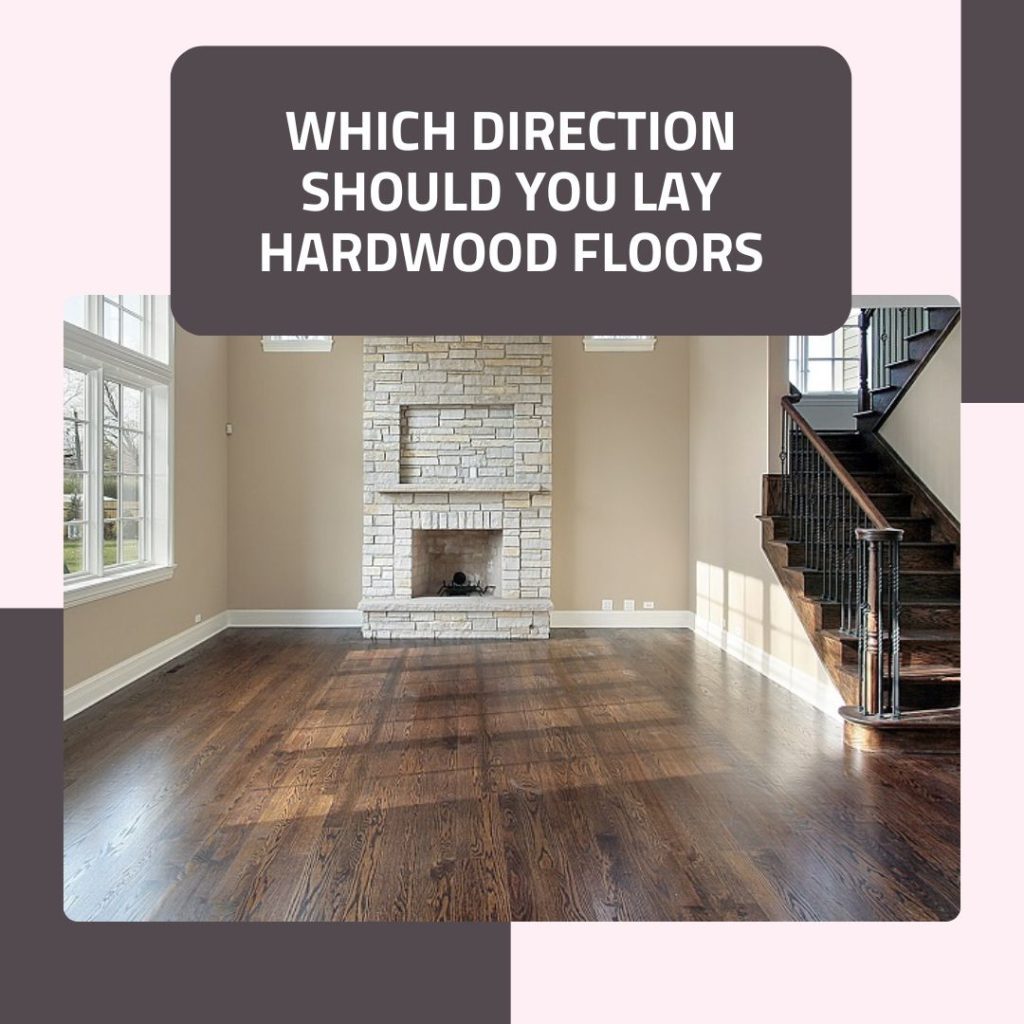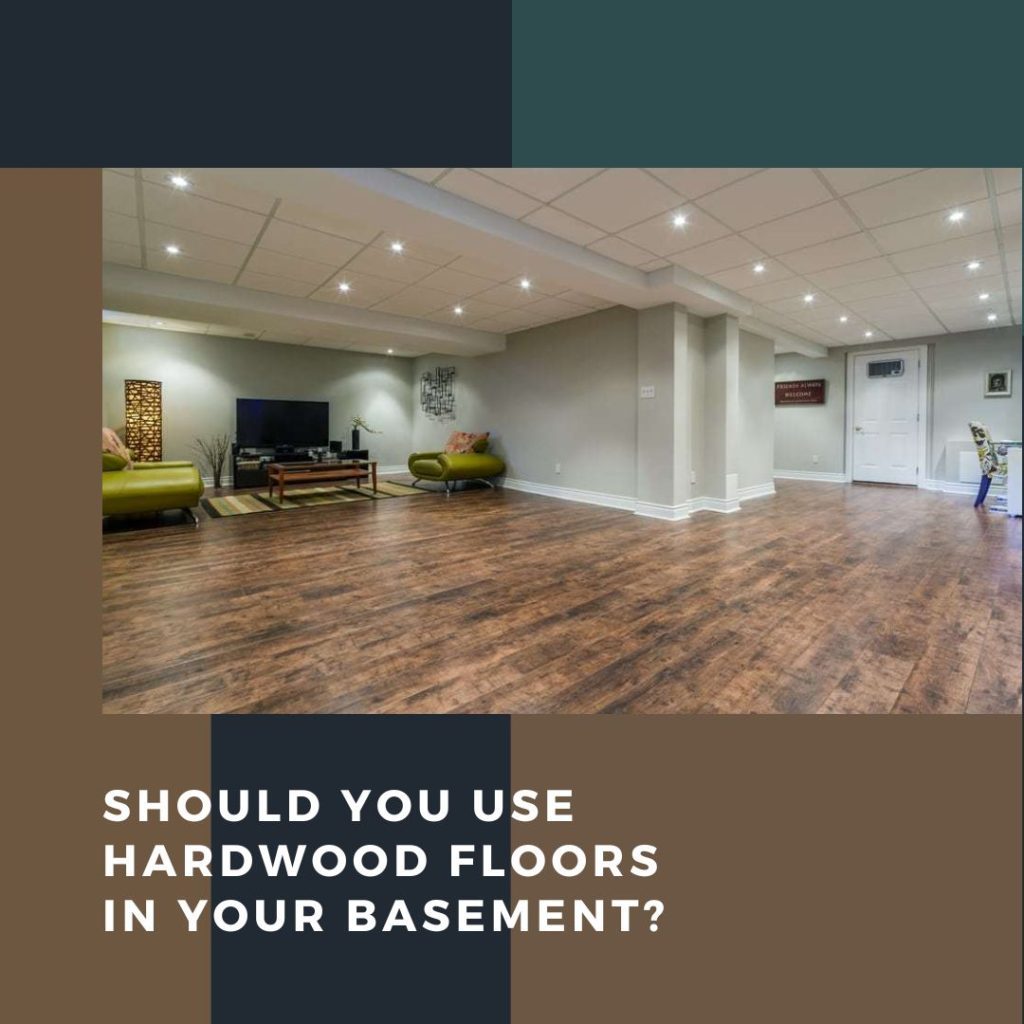End grain cutting boards are prized for their durability and blade-friendly qualities. However, like any kitchen tool, they have challenges. This article will delve into seven common problems with end-grain hardwood flooring that may affect customer satisfaction and your business performance. Before we delve into problems, let’s first learn what grain cutting boards are and their benefits.
What Are End Grain Cutting Boards?
End grain cutting boards are specialized kitchen utensils made from the end pieces of wood blocks. The ‘end grain’ refers to the wood’s orientation, showcasing its growth rings. This design gives the board its signature checkerboard appearance and offers superior durability and resilience against knife cuts.
Benefits
End grain cutting boards offer a multitude of benefits. Their tough yet forgiving surface is gentle on knife edges, keeping them sharper for longer periods. The self-healing properties of these boards minimize scratches and marks, ensuring they maintain a clean, appealing look, and their antibacterial properties make them a hygienic choice for food preparation.
7 Common Problems With End Grain Cutting Boards
Now, let’s delve into seven common problems with end-grain cutting boards.
1. Thickness Issues
Thickness is a common problem with end-grain cutting boards. If a board is too thin, it is vulnerable to cracks and has a shorter lifespan. The durability and functionality of an end-grain cutting board are directly impacted by its thickness. On the other hand, excessively thick boards can be inconvenient to handle and clean. Therefore, striking the proper balance in thickness is crucial to ensure both functionality and longevity.
2. Drying Out and Maintenance
End grain cutting boards can dry out, leading to cracks and splits, especially when not properly maintained. However, consistent care, including food-safe mineral oil, can prevent this and boost the board’s lifespan. Additionally, a beeswax conditioner applied after oiling further protects the board. To avoid warping, keep the board away from extreme temperatures. Regular maintenance thus plays a vital role in preserving these boards.
3. Wood Dryness at the Time of Making
The wood’s dryness can affect end-grain cutting boards’ quality and life span. Moisture levels in the wood must be properly managed to avoid issues like warping, cracking, and bacterial growth. Wood moisture expands and shrinks with temperature variations, which can lead to structural instability. Therefore, the wood should be kiln-dried to a moisture content between 8-12% before use, as verified by a moisture meter. This procedure helps maintain the wood’s stability and prevents future damage.
4. Squareness and Precision in Construction
End-grain hardwood flooring problems also affect cutting boards’ performance. Poorly squared and imprecise construction is a particular issue. Precision in crafting end-grain cutting boards is vital to maintain structure, as inaccurate cuts cause uneven surfaces and misalignment. This imprecision compromises stability and longevity. For durable, reliable cutting boards, accuracy is crucial. Inaccuracies cause instability, reducing lifespan and useability. To combat this, ensure each cut is accurate and square. Quality tools and thorough quality checks during manufacture can uphold necessary precision.
5. Grain Orientation and Its Effects
Grain orientation is crucial for strength, stability, and aesthetics in end-grain cutting boards. The right grain orientation boosts durability and limits wear and tear by absorbing knife impact. It also reduces warping risks, adding to the longevity of the board. The choice of grain involves picking a pleasing and durable pattern. Ideally, the grain should run vertically for maximum strength. Alternating grain direction between adjacent pieces is best to deter warping and enhance durability.
6. Choosing the Right Glue
Choosing the right adhesive is vital in creating end-grain cutting boards. The glue should be strong, withstand moisture and heat, and ensure food safety. Notable choices include Titebond III Ultimate Wood Glue and Gorilla Wood Glue. Both are strong, water-resistant, and safe for indirect food contact. These attributes make them ideal for end-grain cutting boards. Using food-safe adhesives is crucial because it doesn’t compromise the safety standards or longevity of the boards.
7. Need for Spacers or Feet
End grain cutting boards’ design often includes spacers or feet, significantly influencing the product’s use and longevity. These features lift the board from the countertop, guarding against moisture and reducing mildew risk. Adding rubber feet involves marking the board’s corners, drilling holes, and securing it with screws – a process that enhances stability and extends the board’s life.
Benefits of Rubber Feet
Rubber feet offer enhanced stability, preventing the cutting board from slipping. They also facilitate air circulation underneath the board, keeping it dry and reducing the risk of bacteria growth. They protect the countertop surface from scratches that could occur due to contact with the board.
Conclusion
Crafting a long-lasting end grain cutting board revolves around effectively addressing common problems such as moisture content, precision in construction, grain orientation, choice of glue, and the need for spacers or feet. Similar attention to detail can help rectify the problem with end-grain hardwood flooring, which shares many concerns. By understanding these issues and implementing the suggested solutions, we can significantly improve the durability and functionality of our end grain products, whether cutting boards or hardwood flooring.









